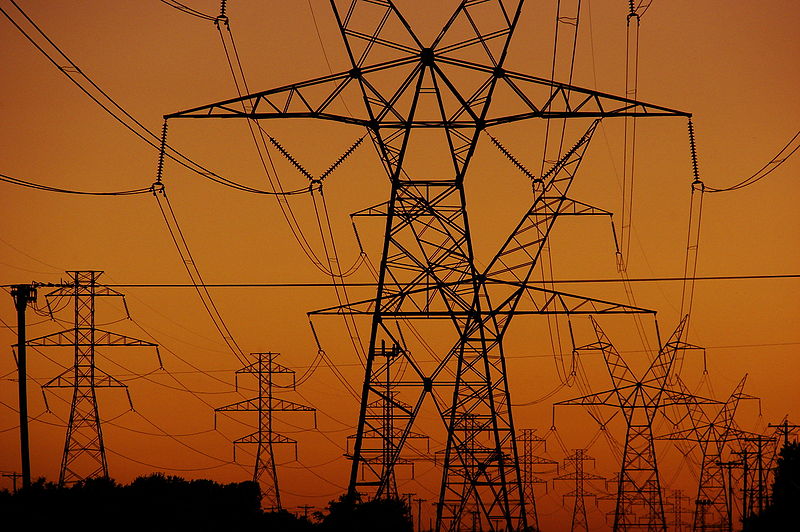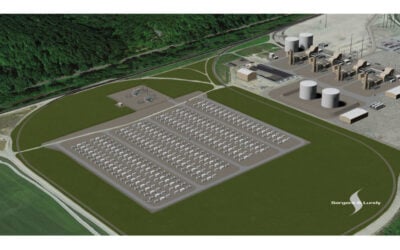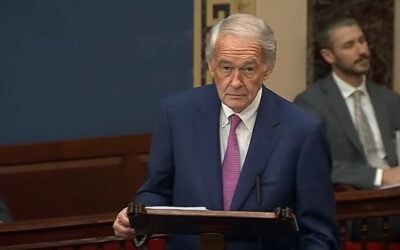
BESS projects in ERCOT, Texas, will be hit by a double whammy of market saturation and new rules around minimum state-of-charge (SOC), as the technology helps the state battle a severe heatwave.
With temperatures regularly breaching 100°F / 40°C in the past week, air conditioning demand saw peak power demand reach 81.2GW, an all-time record, with grid operator ERCOT at times calling for consumers to reduce usage.
Enjoy 12 months of exclusive analysis
- Regular insight and analysis of the industry’s biggest developments
- In-depth interviews with the industry’s leading figures
- Annual digital subscription to the PV Tech Power journal
- Discounts on Solar Media’s portfolio of events, in-person and virtual
Some commentators are drawing parallels with the Winter Storm Uri in early 2021 which saw millions without power for days and hundreds of fatalities.
Large-scale battery energy storage system (BESS) projects, of which there are many more now in ERCOT than there were two years ago, are reportedly playing a significant role in helping to balance the grid and provide that energy into the evening as solar generation tails off.
With the extreme weather comes increased market volatility which BESS projects also thrive off financially, by helping to dampen the peaks and troughs in prices. Market optimiser Gridmatic says that more than one in ten large-scale BESS projects in ERCOT made 40% or more of their annual revenue during December 2022’s Winter Storm Elliott.
However, as more capacity comes online and leaves the grid better-equipped to deal with the volatility and grid stress that comes with such weather events, those revenue opportunities reduce over time.
Ancillary service market saturation and new ERCOT rules
David Miller, VP business development for Gridmatic, discussed these market changes in a recent interview – prior to last week’s heatwave – in which he also argued why AI was needed to fully maximise BESS revenues.
At the moment the BESS revenue stack is primarily composed of frequency regulation services Reg-Up and Reg-Down, Responsive Reserve Service (RRS or spinning reserve), with a small amount from non-spinning reserve.
As reported here in March after the Energy Storage Summit USA in Austin, most industry observers expected these services to become increasingly saturated with most pegging dates in 2024 for when there are more batteries than available ancillary services.
Reg-Up and Reg-Down are frequency regulation services of around 500MW total each which help keep the grid at 60hz by balancing fluctuations within the five-minute intervals at which energy is traded in the market. RRS meanwhile is the provision of capacity which can be called upon in case something trips offline and reserves are needed in its place, but may not be used at all.
RRS is the largest of these at around 3.5GW and, while it may not saturate the fastest, its eventual saturation will have the biggest implications due to its size and how lucrative it has been for energy storage, said Gridmatic’s David Miller.
“It’s been a high value product because it’s expensive for traditional gas plants to provide that service and so it’s been something that’s been quite lucrative for battery storage. So a lot of the revenue for batteries comes from that service and as that one saturates, they’ll have a big impact on what the batteries will do,” Miller said.
Market saturation is happening due to traditional gas plants no longer setting the margin price, which for them is higher due to the higher opportunity cost of not providing energy. Batteries have a lower opportunity cost for bidding in, so bid in at lower prices.
Market intelligence group Modo Energy pegs RRS as 59% of the ERCOT BESS revenue stack, Reg-Up at 31% and Reg-Down at 9%, while Gridmatic’s figures are similar.
A separate new piece of regulation from ERCOT around minimum state-of-charge (SOC) will also affect battery storage revenues going forward, but particularly for 1-hour systems. This is because since December 2022 ERCOT now requires projects to have a minimum charge of 1-hour of full-MW-output energy to bid into these ancillary service markets.
“Before if you were a one-hour battery you would get qualified to provide these services and then it’s up to you to provide the services and there would be penalties if you failed to do so,” Miller explained.
“However after December, ERCOT said that you have to maintain one hour SOC in your battery at all times if you’re bidding in. For a 2-hour system that’s fine but for a 1-hour one it’s hugely limited because it means they can never bid their full capacity into the ancillary service markets, because they’ll never be at 100% state-of-charge.”
This most likely explains why all recent ERCOT battery storage projects have been at least two-hour duration systems.






